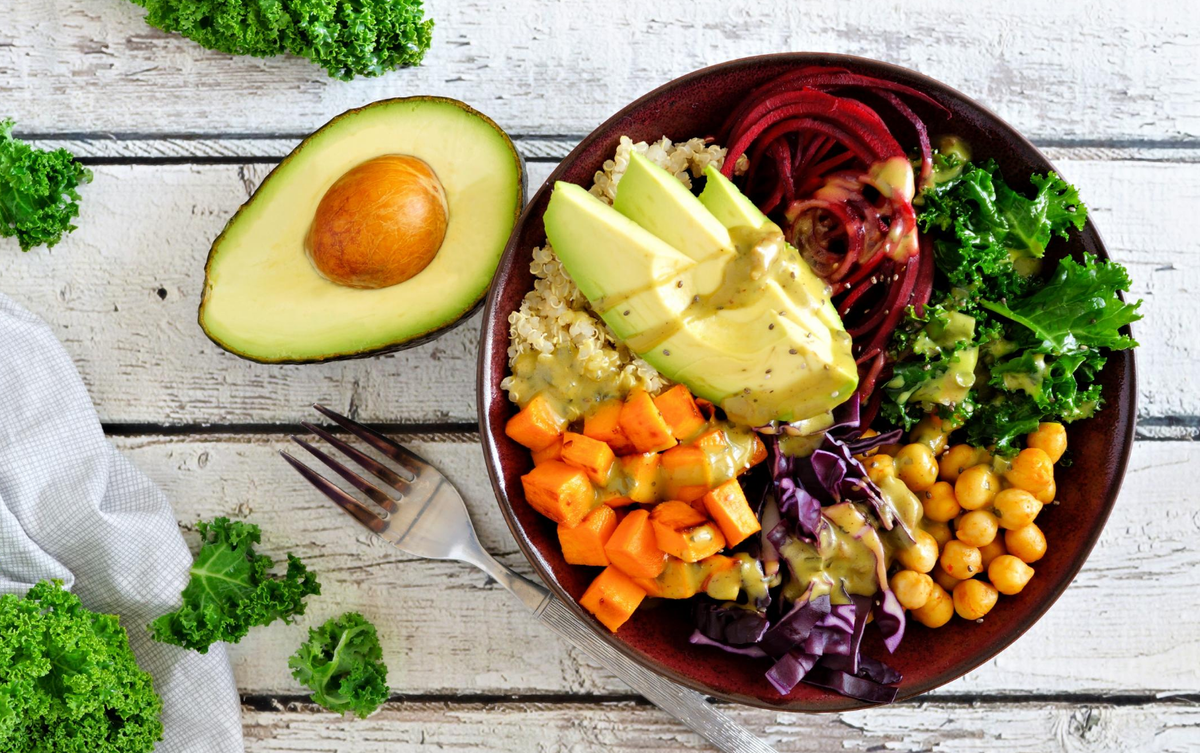Although losing weight is an admirable goal if you want to become fit and healthy, you need to be careful not to lose muscle as well. Losing weight safely while maintaining muscle mass is key, especially if you want to improve your fitness level. So how can you drop the pounds without losing muscle? Check out these suggestions.

How to lose fat
Losing fat is easy…at least on paper. Your goal should be to burn more calories each day than you consume. This can be achieved by eating less, but it increases the likelihood that you’ll lose muscle along with fat. It isn’t possible to target specific parts of your body for fat loss, but you can decrease your overall body fat percentage. Don’t rush things. Making it a goal to lose 10 pounds a week is not only very difficult, but it can also be dangerous. Instead, aim for one or two pounds.

How to maintain muscle
The best way to lose fat while maintaining muscle is through a combination of caloric reduction and working out. Push yourself to increase your fitness, but don’t go overboard. You don’t want to run 10 miles if your body is only capable of 3. Likewise, don’t cut your calories down to a level that leaves you feeling constantly hungry. Strike the right balance.

Schedule recovery time
Gaining and maintaining muscle isn’t achieved when you are actually working out; it happens when your body is recovering. Don’t plan intense workouts everyday. Instead, alternate by having “light” days and “heavy” days of exercise. Also, make sure to get enough sleep.

Eat healthily
Although you want to include “good” fats in your diet, including the kinds found in fish, nuts, and olive oil, you want to limit the amounts of saturated fats and incorporate both protein and fiber into your diet. Much like fat, these keep you feeling full throughout the day but without any of the harmful effects.

Exercise plans
There are several fun approaches you can take that will keep you active.

Do cardio
Make it a goal to do moderate- to high-intensity cardio 30 minutes a day, five days a week. Here are some activities you can take part in:
- cycling
- jogging
- kickboxing
- soccer
- basketball
- swimming
- volleyball

Increase intensity
All exercise is great, but if you want to build up your strength and endurance, a leisurely 30-minute walk in the park isn’t going to do it. You need to push yourself if you want to build muscle. Of course, you can always start with low-intensity warm-ups before gradually increasing the intensity.

Continue to strength train
It is important to incorporate strength training into your fitness routine. This should be done two or three times per week and can consist of a combination of free weights, bodyweight exercises such as pushups and pullups, and resistance band workouts. Yoga, tai chi, and pilates are also good options. In order to avoid injury, tart with lighter weights and fewer repetitions before working your way up to something heavier and with more sets.

Healthy eating
Maintaining a healthy diet is a must if you want to lose weight and keep muscle. Food provides you with much-needed fuel, so you should never perceive it as an obstacle. What is important is eating enough to feel full, and finding the right foods that make this possible.
Before you start a workout, make sure you’re well hydrated. But ditch the sodas and sugary juices. Instead, choose coconut water for its electrolytes, unsweetened green tea, or even a vegetable smoothie that you can make yourself using a blender. It is easy to digest and gives you the “good” carbohydrates that your body requires whenever you’re exercising.
After you’ve finished working out, replenish your body with a protein shake. You should also have a meal that contains healthy fats and quality carbs.
Carbohydrates that are ideal to eat after exercise include:
- fresh fruit
- sweet potatoes
- brown rice
- spinach
- oatmeal
- black beans
- whole grains
Great proteins for gaining lean muscle include:
- lean meats, such as turkey and chicken
- seafood
- whey
- nuts
- eggs
- low fat cottage cheese
- quinoa
- buckwheat groats
Don’t forget about including healthy fats:
- avocado
- chia seeds
- almonds, peanuts, and walnuts
- hard-boiled eggs
- extra virgin olive oil and canola oil (for cooking)
- salmon and tuna

When to speak to an expert
Working with a certified nutritionist or dietitian to formulate an exercising and eating plan can help you achieve all of your health goals. Seeking out a professional is especially necessary if you have certain existing health conditions or special dietary needs. Of course, if you simply have no idea how to make the transition toward healthy eating habits, consulting a nutritionist or dietitian is the best course of action.
In terms of your workouts, asking for help from a fitness trainer can help you maximize the results of your workout. Very often when you join a gym, you have access to trainers who will provide individual assistance for a fee, although the first workout is often free. If your budget doesn’t allow you to hire a trainer, bringing a friend will both serve to motivate you and give you someone to spot you if you’re doing any heavy weight lifting.

The bottom line
Although it’s possible you might lose some of your muscle as you aim to lose some pounds, with the right exercise and eating regimen, you can minimize such losses. Focus on the right carbs, fats, and proteins as you burn more calories than you consume. Keep your goals realistic and think about this in terms of months, not weeks or days. Remain consistent and keep tabs on your progress. It won’t be easy, but once you achieve the results you’re looking for, you’ll be glad you did!





